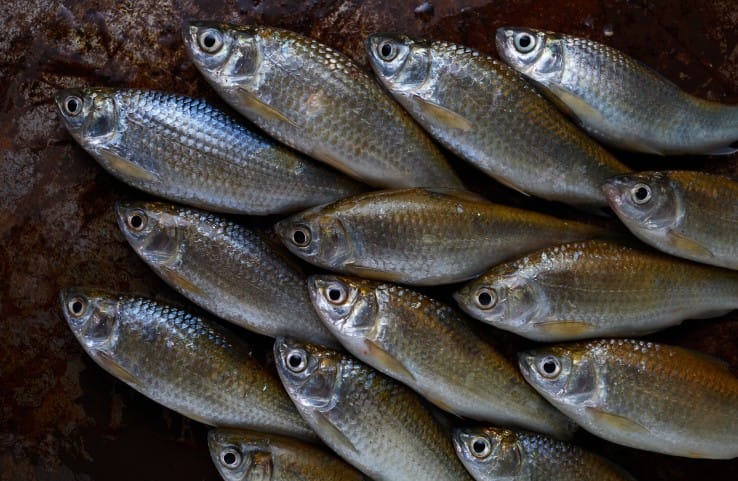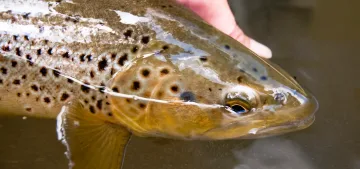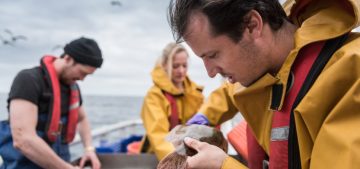Tagging fish, whether for research, conservation, or aquaculture purposes, is a delicate process that often requires the use of sedatives to ensure the safety and well-being of the fish. Among the various sedatives available, clove oil and MS-222 (Tricaine Methanesulfonate) are two of the most commonly used. Each of these sedatives has its advantages and disadvantages, making them suitable for different situations. This blog post aims to provide an overview of clove oil and MS-222, including the pros and cons of each, to help you make an informed decision when choosing a sedative for fish tagging.
Clove Oil
Clove oil, derived from the clove plant, has been widely used as an anesthetic in fish tagging due to its natural origin and effectiveness.
Pros:
- Natural and Safe: Clove oil is considered a natural product, which can be an attractive option for those looking for environmentally friendly alternatives. When used correctly, it is safe for the fish and has a lower risk of contamination of water systems.
- Cost-Effective: It is generally more affordable than synthetic sedatives, making it a cost-effective option for large-scale or frequent tagging operations.
- Ease of Use: The administration of clove oil is relatively straightforward and does not require special handling or disposal procedures, unlike some chemical sedatives.
Cons:
- Variability in Effectiveness: The potency of clove oil can vary significantly depending on the source and concentration, which may lead to inconsistency in sedation levels.
- Recovery Time: Fish may exhibit slower recovery times from sedation with clove oil compared to some synthetic sedatives, which could potentially stress the fish further.
- Oiliness: Being an oil, it can be difficult to mix thoroughly with water, requiring extra effort to ensure an even distribution.
MS-222
MS-222 is a synthetic sedative that has been a standard in fish anesthesia for years, prized for its consistency and efficacy.
Pros:
- Consistent and Reliable: MS-222 provides a consistent and controllable level of sedation, making it easier to achieve the desired level of anesthesia across different individuals and species.
- Rapid Recovery: Fish generally recover more quickly from MS-222 sedation than from clove oil, reducing the risk of long-term stress or health issues.
- Extensively Studied: There is a wealth of research on the use of MS-222 in various species, providing a solid foundation of knowledge for dosing, safety, and handling.
Cons:
- Cost: MS-222 is more expensive than natural alternatives like clove oil, which may be a consideration for budget-conscious projects or large-scale operations.
- Toxicity and Handling: It is classified as a hazardous substance, requiring careful handling, storage, and disposal procedures to ensure safety and compliance with regulations.
- Water Quality Impact: MS-222 can affect water pH and requires buffering agents to maintain a stable environment for the fish, adding an extra step to the sedation process.
Conclusion
The choice between clove oil and MS-222 for fish sedation during tagging procedures depends on several factors, including the specific requirements of the project, budget constraints, and environmental considerations. Clove oil offers a natural, cost-effective option with straightforward application, making it suitable for smaller-scale or environmentally sensitive projects. MS-222, on the other hand, provides a more consistent and controllable sedation experience, ideal for research or operations requiring precise dosing and rapid recovery. Regardless of the choice, the welfare of the fish should always be the paramount consideration, ensuring that the sedation process is as stress-free and humane as possible.










Add comment